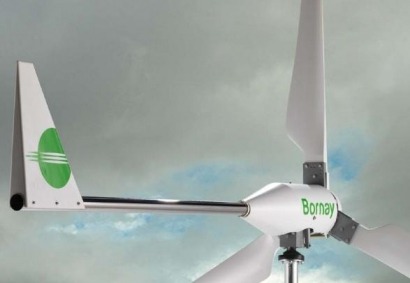
“Under favorable natural conditions, small and medium wind generation prices are significantly lower than those of conventional energy sources, such as diesel and kerosene”, says Simon Rolland, ARE’s Secretary General, “Also, over their life-time, prices can even be lower than for other types of renewable energy solutions. Yet, decision-makers still neglect these technologies.”
During the campaign, which will last one year, ARE will approach energy sector decision-makers in developing countries through several workshops, webinars and one-on-one meetings to assess their country’s or community’s energy needs, fill information gaps and share best-practices on small wind development.
All these recommendations are publicly available in a new position paper, “The potential of small and medium wind energy in developing countries. A guide for energy sector decision-makers”. The paper includes case studies from China, Indonesia, Madagascar and Namibia. The most common bottlenecks are also addressed, such as the lack of feasibility studies and assessment of wind speed data, the lack of quality standards and certifications, and insufficient financing mechanisms.
“The fact is that decision-makers have a major influence not only in the expansion of small wind systems, but in its performance and safety. This guide identifies policy tools that national and local governments can implement to bring the benefits of small wind turbines to their communities” says Simon Rolland.
The opportunity that small wind represents for population and businesses located in rural areas of developing countries is also largely underlined in this paper. Three of the main benefits of small wind are:
ARE’s main recommendations to energy decision makers are as follows:
ARE is the only international business association in the world focusing on the promotion and the development of small scale renewable energy solutions for rural electrification in developing countries.
For additional information:

